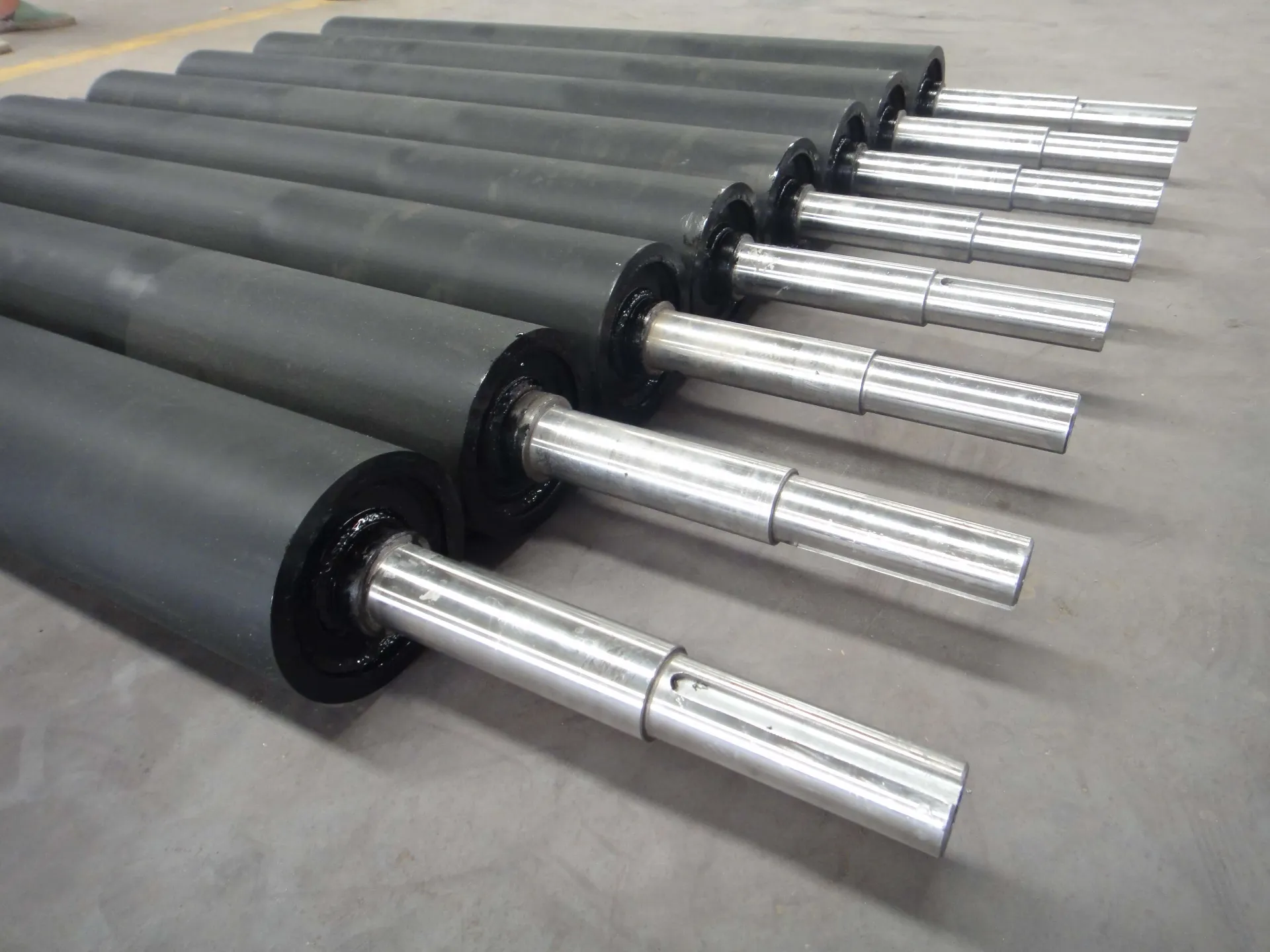 Afrikaans
Afrikaans  Albanian
Albanian  Amharic
Amharic  Arabic
Arabic  Armenian
Armenian  Azerbaijani
Azerbaijani  Basque
Basque  Belarusian
Belarusian  Bengali
Bengali  Bosnian
Bosnian  Bulgarian
Bulgarian  Catalan
Catalan  Cebuano
Cebuano  Corsican
Corsican  Croatian
Croatian  Czech
Czech  Danish
Danish  Dutch
Dutch  English
English  Esperanto
Esperanto  Estonian
Estonian  Finnish
Finnish  French
French  Frisian
Frisian  Galician
Galician  Georgian
Georgian  German
German  Greek
Greek  Gujarati
Gujarati  Haitian Creole
Haitian Creole  hausa
hausa  hawaiian
hawaiian  Hebrew
Hebrew  Hindi
Hindi  Miao
Miao  Hungarian
Hungarian  Icelandic
Icelandic  igbo
igbo  Indonesian
Indonesian  irish
irish  Italian
Italian  Japanese
Japanese  Javanese
Javanese  Kannada
Kannada  kazakh
kazakh  Khmer
Khmer  Rwandese
Rwandese  Korean
Korean  Kurdish
Kurdish  Kyrgyz
Kyrgyz  Lao
Lao  Latin
Latin  Latvian
Latvian  Lithuanian
Lithuanian  Luxembourgish
Luxembourgish  Macedonian
Macedonian  Malgashi
Malgashi  Malay
Malay  Malayalam
Malayalam  Maltese
Maltese  Maori
Maori  Marathi
Marathi  Mongolian
Mongolian  Myanmar
Myanmar  Nepali
Nepali  Norwegian
Norwegian  Norwegian
Norwegian  Occitan
Occitan  Pashto
Pashto  Persian
Persian  Polish
Polish  Portuguese
Portuguese  Punjabi
Punjabi  Romanian
Romanian  Russian
Russian  Samoan
Samoan  Scottish Gaelic
Scottish Gaelic  Serbian
Serbian  Sesotho
Sesotho  Shona
Shona  Sindhi
Sindhi  Sinhala
Sinhala  Slovak
Slovak  Slovenian
Slovenian  Somali
Somali  Spanish
Spanish  Sundanese
Sundanese  Swahili
Swahili  Swedish
Swedish  Tagalog
Tagalog  Tajik
Tajik  Tamil
Tamil  Tatar
Tatar  Telugu
Telugu  Thai
Thai  Turkish
Turkish  Turkmen
Turkmen  Ukrainian
Ukrainian  Urdu
Urdu  Uighur
Uighur  Uzbek
Uzbek  Vietnamese
Vietnamese  Welsh
Welsh  Bantu
Bantu  Yiddish
Yiddish  Yoruba
Yoruba  Zulu
Zulu Essential Components for Belt Conveyor Systems and Their Applications
Belt Conveyor Accessories Enhancing Efficiency and Performance
Belt conveyors are an integral part of modern industrial processes, facilitating the efficient movement of materials across various applications. However, the performance of a belt conveyor system largely depends on the quality and type of accessories used. These accessories play a crucial role in optimizing the conveyor’s functionality, enhancing safety, and ensuring a longer lifespan for the equipment. In this article, we will explore some essential belt conveyor accessories and their contributions to overall operational efficiency.
1. Conveyor Belts The Core Component
At the heart of any belt conveyor system is the conveyor belt itself. This component is designed to transport materials from one point to another efficiently. Conveyor belts come in various types, including flat belts, modular belts, and specialty belts that can handle specific materials or environments. The choice of the right belt is critical, as it directly impacts the conveyor's load capacity, speed, and durability.
2. Rollers Supporting the Load
Conveyor rollers are another vital accessory that supports the conveyor belt and material load. These cylindrical components reduce friction between the belt and the conveyor frame, enabling smoother operation. There are several types of rollers, including troughing rollers, return rollers, and impact rollers, each serving a specific purpose. Proper selection and maintenance of rollers ensure minimal wear and tear, prolonging the life of the entire conveyor system.
Pulleys are critical for the operation of belt conveyors. They are used to drive the conveyor belt and change its direction. Drive pulleys, tail pulleys, and snub pulleys all play distinct roles in maintaining tension and belt alignment. High-quality pulleys are essential for efficient power transmission and can significantly reduce operational downtime caused by belt misalignment or slippage.
belt conveyor accessories

4. Belt Cleaners Maintaining Performance
One of the common challenges faced in belt conveyor systems is the accumulation of material on the belt, which can lead to inefficiencies and increased maintenance costs. Belt cleaners, also known as belt scrapers, are accessories designed to remove residue from the belt's surface after material discharge. By keeping the belt clean, these accessories prevent material build-up, enhance the belt's lifespan, and reduce the risk of carryback, which can result in potential safety hazards.
5. Safety Guards and Devices Ensuring Protection
Safety is paramount in any industrial setting. Belt conveyor accessories such as safety guards, emergency stop buttons, and warning lights help ensure employee safety during operation. These devices prevent accidents by alerting workers to potential hazards and allowing quick responses in the event of an emergency. Investing in these safety features is crucial for creating a secure working environment.
6. Weight Sensors and Control Systems Enhancing Monitoring
Modern belt conveyors often integrate advanced sensors and control systems that allow for real-time monitoring of material flow and conveyor performance. Weight sensors can gauge the load on the conveyor, which is critical for maintaining operational efficiency and avoiding overloading issues. Control systems can automate various functions, enhancing the overall synchronization and performance of the conveyor system.
Conclusion
In conclusion, the effectiveness of a belt conveyor system is significantly influenced by the quality and type of accessories utilized. From the core conveyor belts and supporting rollers to safety devices and advanced monitoring systems, each accessory plays a pivotal role in ensuring optimal performance. Investing in high-quality belt conveyor accessories not only enhances efficiency but also contributes to the safety and longevity of the system, making them indispensable in any industrial operation. By prioritizing the right accessories, businesses can optimize their material handling processes and achieve greater operational success.
-
Revolutionizing Conveyor Reliability with Advanced Rubber Lagging PulleysNewsJul.22,2025
-
Powering Precision and Durability with Expert Manufacturers of Conveyor ComponentsNewsJul.22,2025
-
Optimizing Conveyor Systems with Advanced Conveyor AccessoriesNewsJul.22,2025
-
Maximize Conveyor Efficiency with Quality Conveyor Idler PulleysNewsJul.22,2025
-
Future-Proof Your Conveyor System with High-Performance Polyurethane RollerNewsJul.22,2025
-
Driving Efficiency Forward with Quality Idlers and RollersNewsJul.22,2025





























